Parks serve as the lungs of urban environments, providing essential green spaces for recreation, community gatherings, and connecting with nature. Towns that prioritize parks don’t just create prettier landscapes—they invest in public health, environmental sustainability, and community well-being.
Here is a list of 20 towns across America with the most impressive parks per capita ratios, showcasing communities that have made extraordinary commitments to public green spaces.
Carmel, Indiana

Carmel boasts an impressive 3.5 acres of parkland per 100 residents, far exceeding the national average. The town maintains over 500 acres of parkland spread across more than 18 community parks, with the centerpiece being the 161-acre Central Park complex.
Residents enjoy access to more than 200 miles of trails connecting these green spaces throughout the community.
Boulder, Colorado

Boulder residents enjoy approximately 45,000 acres of green spaces, translating to an astounding 100+ acres per 1,000 people. The city has purposefully preserved its picturesque mountain setting through an aggressive open space acquisition program dating back to the 1960s.
Boulder’s commitment shows in its 60+ urban parks and the vast mountainous open spaces that surround the city like a natural amphitheater.
Like Travel Pug’s content? Follow us on MSN.
Madison, Wisconsin
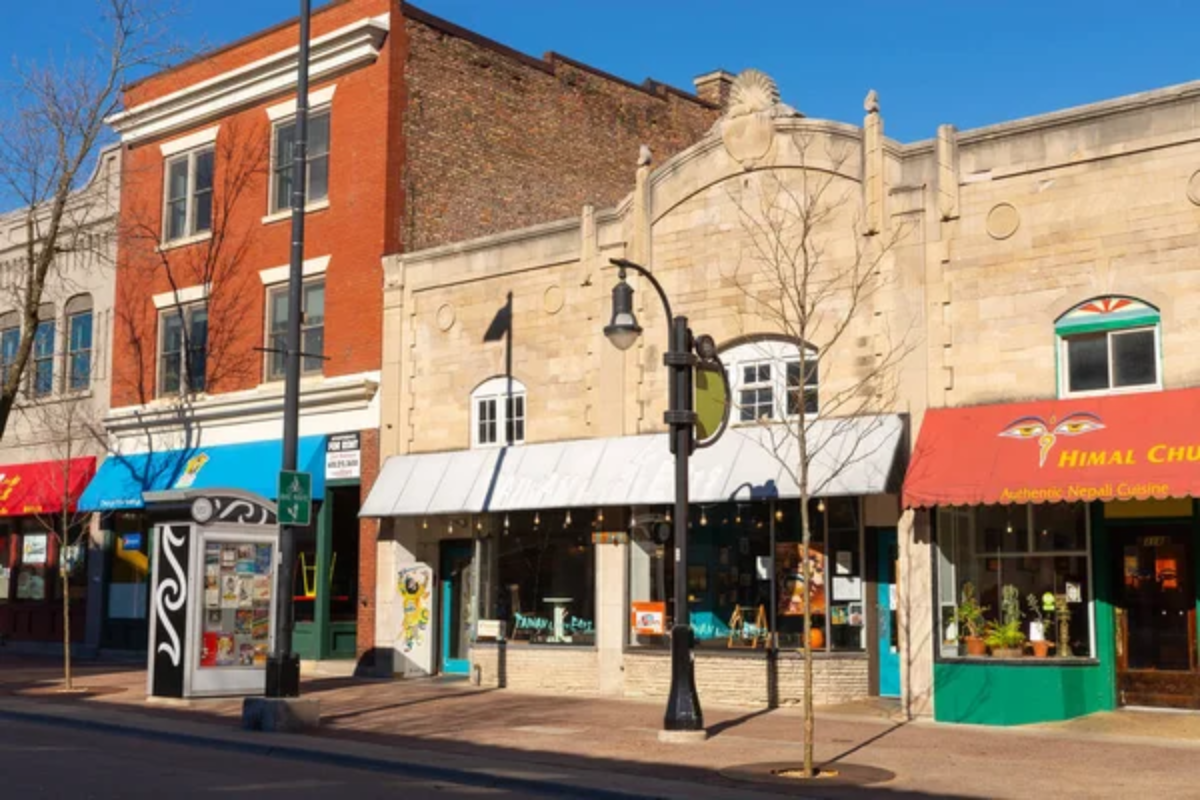
Madison’s unique geography between lakes Mendota and Monona creates perfect conditions for an abundance of waterfront parks. The city maintains approximately 6.7 acres of parkland per 100 residents, more than double the national average for mid-sized cities.
Madison’s 270+ parks include everything from shoreline nature preserves to neighborhood playgrounds.
Bellevue, Washington
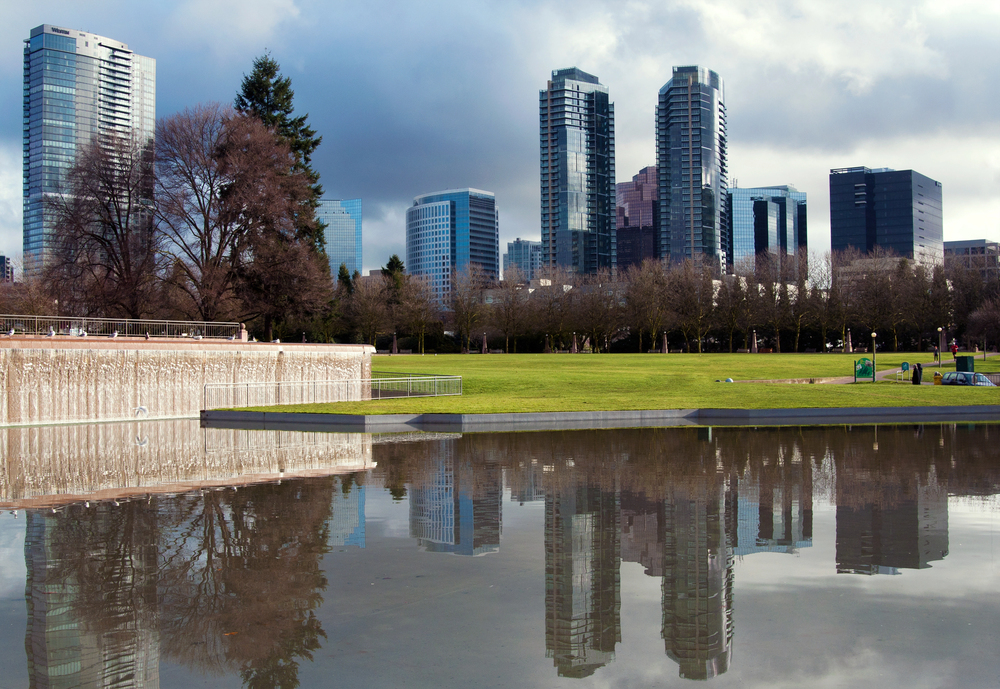
Despite being a bustling suburb of Seattle, Bellevue maintains 2,700 acres of parks and open space, roughly 20 acres per 1,000 residents. The town has carefully integrated green spaces into its urban development, creating a network of 80+ parks.
Bellevue’s award-winning park system includes the stunning 21-acre Downtown Park with its signature waterfall canal.
Olympia, Washington
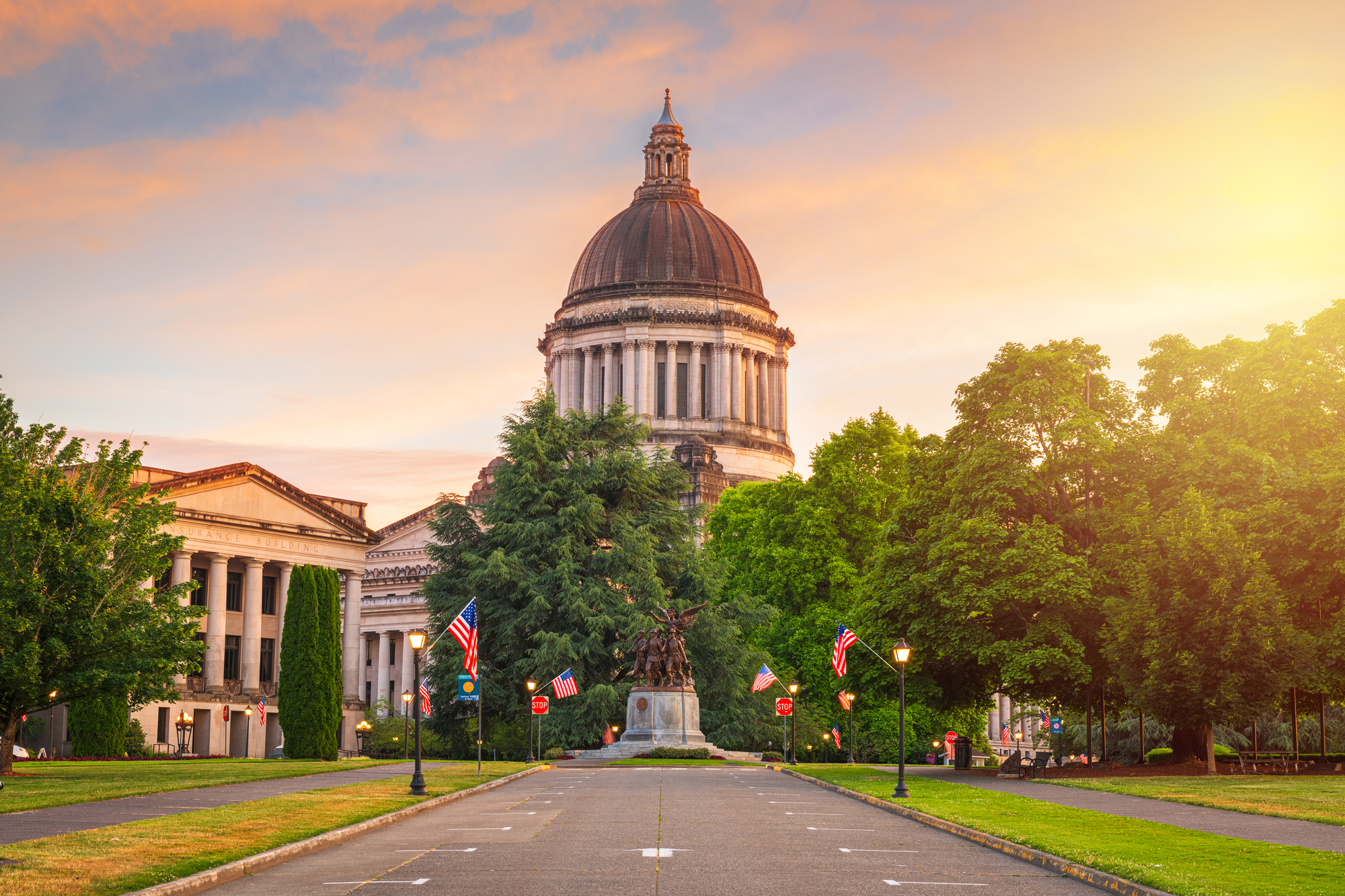
Washington’s capital city maintains over 40 parks within its modest 20 square mile footprint, yielding approximately 9.4 acres of parkland per 100 residents. Olympia’s commitment to accessibility means that nearly 95% of residents live within a half-mile walk of a public park.
The city’s parks range from tiny pocket gardens to the 314-acre woodland preserve at Priest Point Park.
Like Travel Pug’s content? Follow us on MSN.
Flagstaff, Arizona

Flagstaff leverages its spectacular setting at the foot of the San Francisco Peaks to provide about 679 acres of parkland for its 75,000 residents. The town’s 30+ parks offer everything from neighborhood playgrounds to the 2.5-mile Flagstaff Urban Trail System.
Altitude and clear mountain air make Flagstaff’s parks particularly appealing for outdoor fitness enthusiasts.
Ann Arbor, Michigan

Ann Arbor’s 159 parks cover about 2,100 acres, creating a remarkably high ratio of 15 acres per 1,000 residents. The town famously dedicates a portion of property tax specifically to park acquisition and maintenance through its innovative Greenbelt Program.
Ann Arbor’s park system includes everything from small neighborhood ‘tot lots’ to the sprawling 69-acre Gallup Park along the Huron River.
Naperville, Illinois
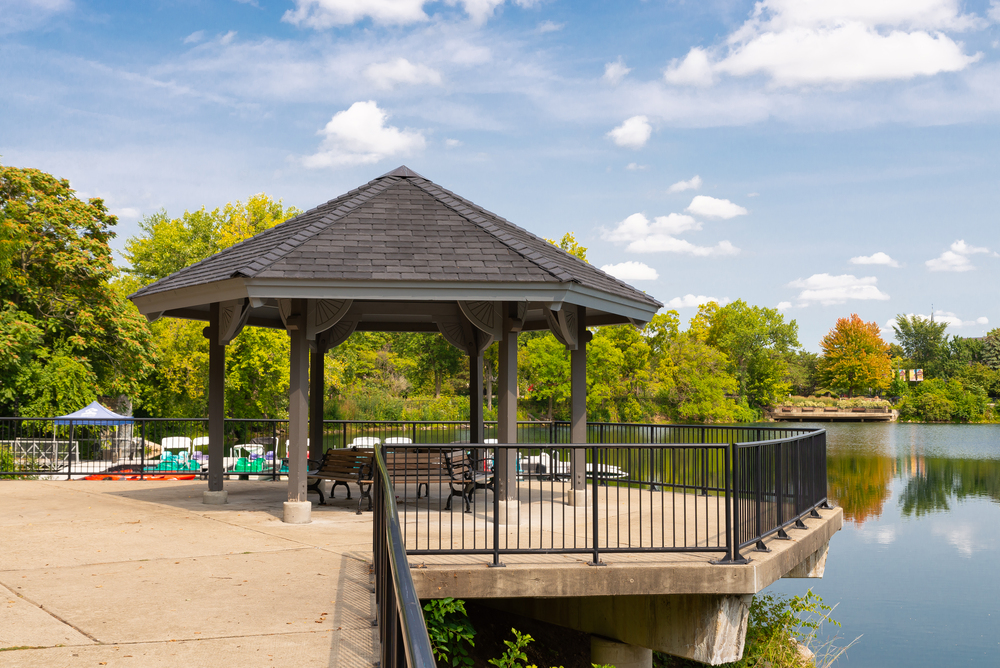
This Chicago suburb maintains an impressive ratio of 6.3 acres of parkland per 100 residents through its 140+ parks spread across more than 2,400 acres. Naperville’s crown jewel is the Riverwalk, a 1.75-mile brick path meandering alongside the DuPage River through the heart of downtown.
The town’s Park District has won the National Gold Medal for Excellence in Park Management multiple times.
Like Travel Pug’s content? Follow us on MSN.
Bend, Oregon

Nestled alongside the Deschutes River, Bend offers citizens approximately 70 parks spanning over 3,000 acres—roughly 32 acres per 1,000 residents. The town’s park system seamlessly integrates with surrounding natural landscapes, including lava fields, pine forests, and river corridors.
Bend’s parks range from tiny plazas to the 800-acre Pine Nursery Park, which includes sports complexes and natural areas.
Missoula, Montana

Montana’s outdoor-loving culture is perfectly reflected in Missoula’s expansive park system, which offers approximately 5,000 acres of parks and conservation lands, over 40 acres per 1,000 residents. The city maintains more than 40 developed parks, plus extensive conservation lands and wilderness areas.
Missoula’s gem is the 400-acre Fort Missoula Regional Park with its sports facilities and natural areas.
Portsmouth, New Hampshire
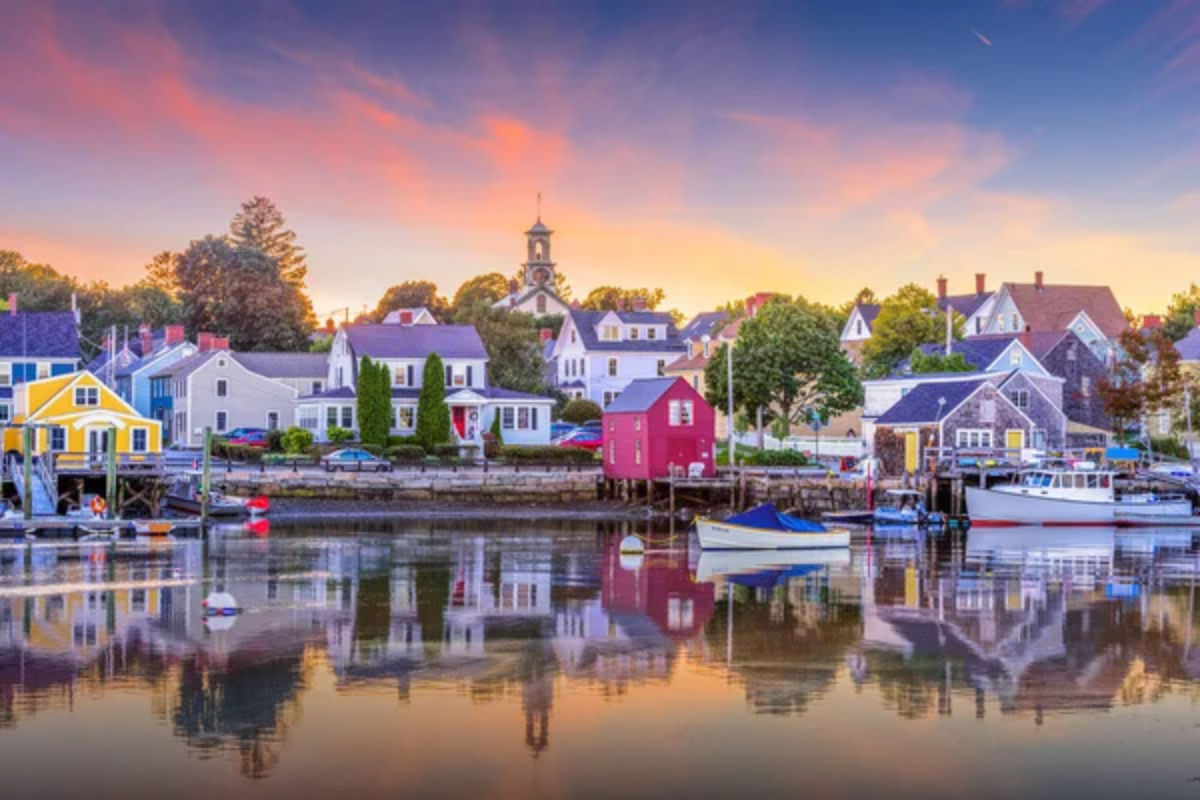
This historic seaport maintains approximately 16 acres of parkland per 1,000 residents despite its compact urban footprint. Portsmouth’s 30+ parks include waterfront esplanades, historic commons, and neighborhood playgrounds.
The town has preserved green space since 1754, when residents established the iconic Prescott Park along the Piscataqua River.
Like Travel Pug’s content? Follow us on MSN.
Asheville, North Carolina
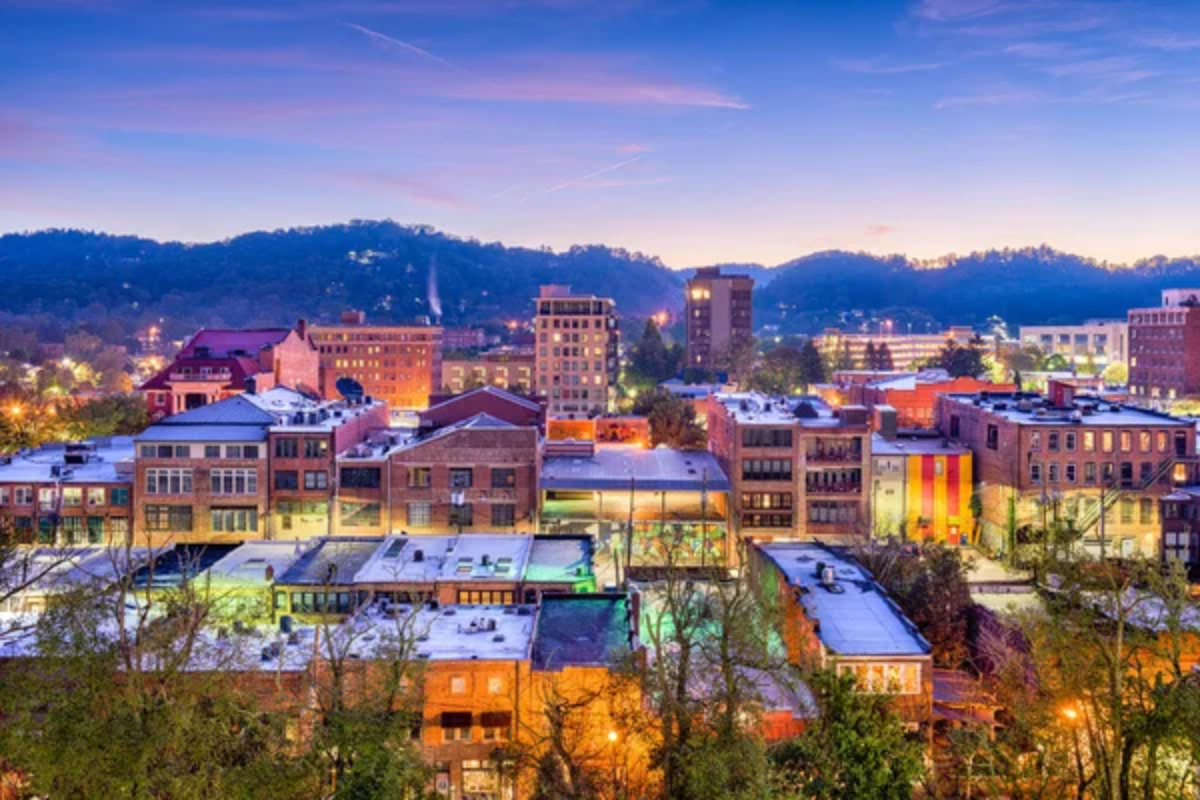
Nestled in the Blue Ridge Mountains, Asheville offers residents access to 54 parks spread across approximately 900 acres—roughly 10 acres per 1,000 citizens. The city complements its municipal parks with partnerships that provide access to thousands of acres of adjoining nature preserves and national forests.
Asheville’s park system is anchored by the historic 65-acre Pack Square Park in the heart of downtown.
Eugene, Oregon
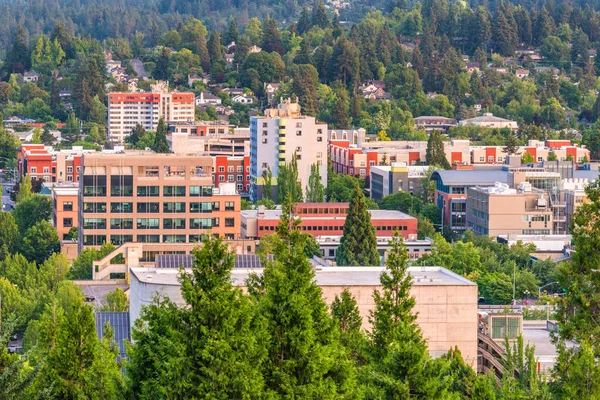
Known as ‘A Great City for the Arts and Outdoors,’ Eugene maintains more than 100 parks covering over 4,800 acres, yielding approximately 30 acres of parkland per 1,000 residents. The city’s park system includes the spectacular 2,000-acre Alton Baker Park and the iconic Spencer Butte Park, which rises 2,000 feet above the city.
Eugene’s extensive trail network connects many parks through protected natural corridors.
Chattanooga, Tennessee
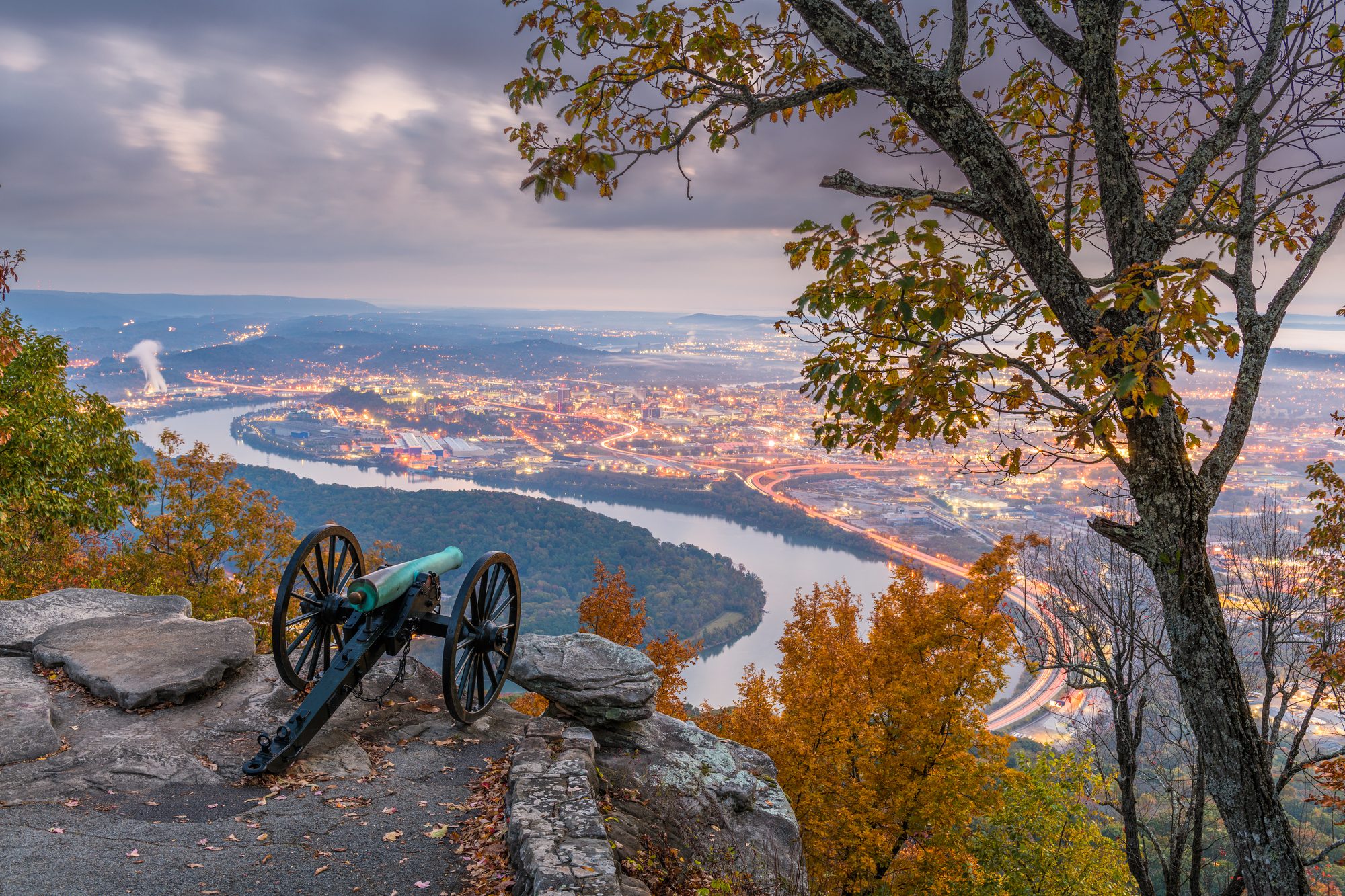
Following decades of revitalization, Chattanooga now boasts approximately 5,000 acres of parks and public lands—about 28 acres per 1,000 residents. The city maintains 100+ distinct parks ranging from small urban plazas to expansive wilderness areas along the Tennessee River.
Chattanooga’s signature Riverpark stretches 13 miles along reclaimed industrial shoreline, connecting downtown with outlying neighborhoods.
Like Travel Pug’s content? Follow us on MSN.
Burlington, Vermont

Despite its small size, Burlington maintains 38 parks covering more than 520 acres, yielding approximately 12 acres per 1,000 residents. The city’s waterfront parks along Lake Champlain provide stunning views of the Adirondack Mountains across the water.
Burlington’s crown jewel is the 45-acre Waterfront Park, created by transforming abandoned rail yards into a vibrant public space.
Santa Fe, New Mexico

Santa Fe preserves its unique desert landscape through approximately 80 municipal parks covering over 2,000 acres—about 24 acres per 1,000 residents. The city’s parks reflect its rich cultural heritage, from downtown’s historic Plaza to the extensive trail system through the foothills of the Sangre de Cristo Mountains.
Santa Fe’s park system includes numerous dog parks, sports facilities, and natural areas.
Fort Collins, Colorado
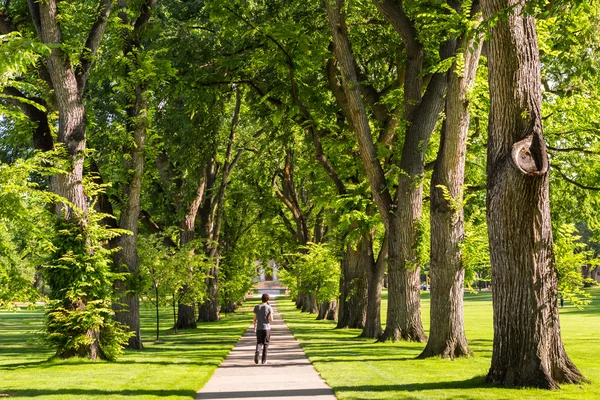
Fort Collins maintains approximately 7,000 acres of parkland—roughly 44 acres per 1,000 residents. The city’s 120+ parks include everything from tiny neighborhood green spaces to the sprawling 1,500-acre Lee Martinez Park along the Cache la Poudre River.
Fort Collins complements its municipal parks with 40+ miles of paved trails connecting green spaces throughout the community.
Like Travel Pug’s content? Follow us on MSN.
Anchorage, Alaska

Despite harsh winters, Anchorage maintains one of America’s most extensive urban park systems, with more than 14,000 acres of municipal parkland—about 47 acres per 1,000 residents. The city’s 223 parks include everything from small neighborhood playgrounds to the half-million-acre Chugach State Park that borders the city.
Anchorage’s crown jewel is the 1,400-acre Kincaid Park, offering trails through rolling, forested terrain.
Corvallis, Oregon
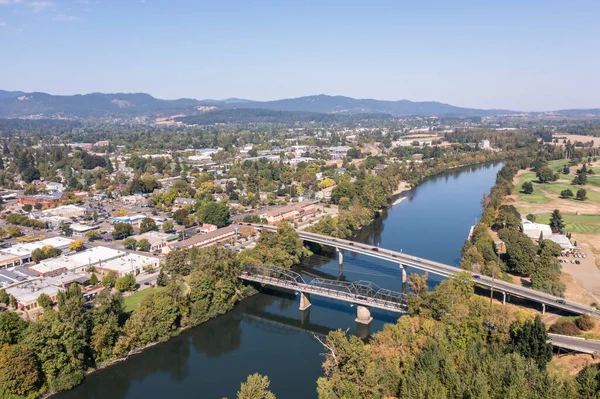
Home to Oregon State University, Corvallis maintains more than 2,000 acres of parks and natural areas—approximately 36 acres per 1,000 residents. The city’s 52 parks range from neighborhood playgrounds to the 600-acre McDonald Forest.
Corvallis connects many of these spaces through an extensive multi-use trail system along the Willamette River and protected natural corridors.
Iowa City, Iowa

Iowa City manages more than 46 parks covering approximately 1,500 acres—about 20 acres per 1,000 residents. The city’s park system includes everything from small urban plazas to the expansive 400-acre Peninsula Park.
Iowa City’s commitment to green space is reflected in its policy requiring developers to dedicate parkland or pay fees specifically for park acquisition and development.
Like Travel Pug’s content? Follow us on MSN.
Green Spaces, Growing Places
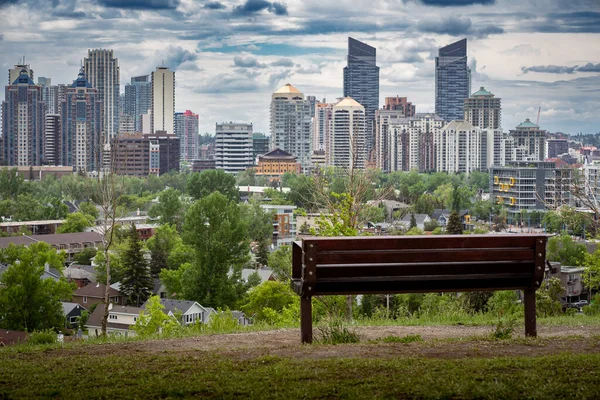
These towns demonstrate how prioritizing parks transforms communities into more livable, sustainable, and connected places. From historic Eastern seaports to mountain towns in the West, these communities have recognized that parks aren’t luxury amenities but essential infrastructure.
Their investments have paid dividends in resident health, property values, tourism, and environmental sustainability, proving that the towns with the most green space often have the brightest futures ahead.
More from Travel Pug

- Cities Growing so Fast You Won’t Recognize Them in 10 Years
- 13 Destinations Where Tourists Regularly Regret Their Trip
- 16 U.S. Cities That Are Quietly Becoming Travel Hotspots
- Where to Travel If You Love Long Bus Rides and Daydreams
- 20 Cities Perfect for Solo Travelers Who Crave Adventure & Culture
Like Travel Pug’s content? Follow us on MSN.
